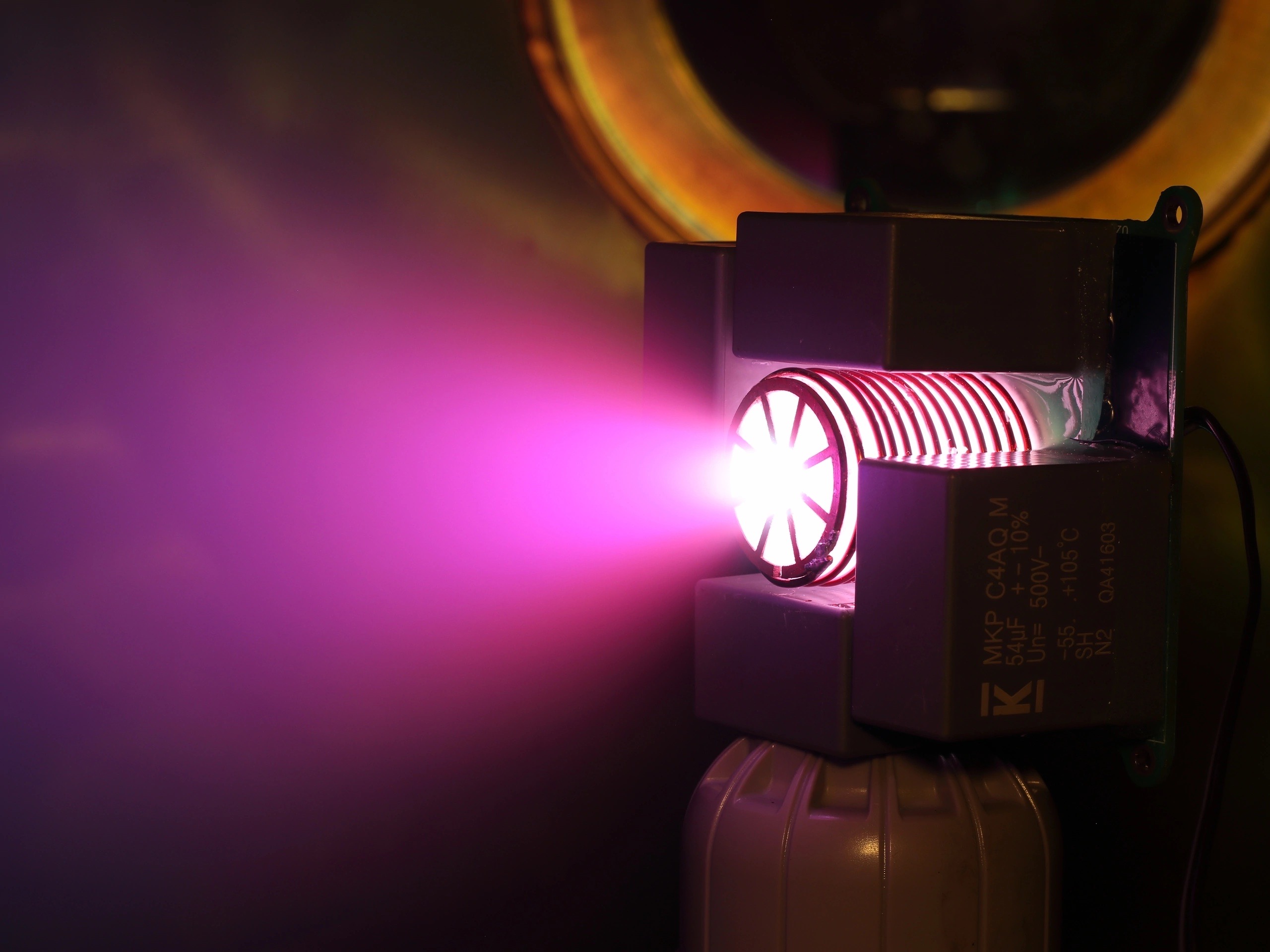Catalog
Search
619 products
View:
- Selected: 1Areas of use
- Selected: 0Item names
- Selected: 0Manufacturer
- Selected: 0Made in
- Selected: 0Additional
View:
619 products
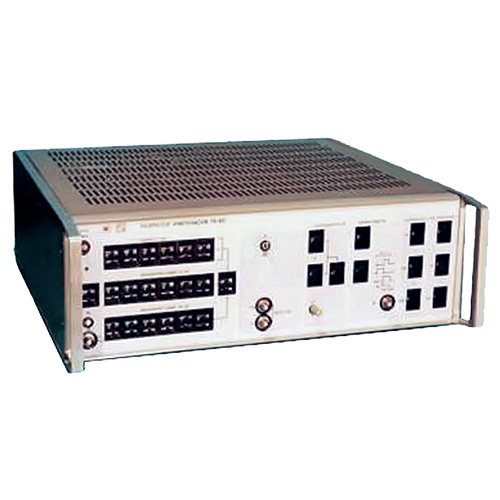

Thermal converters with a unified output signal analog explosion-proof IT-1-Ex
1 supp.
NPP AVTOMATIKA
Vladimir
Produced in: Vladimir

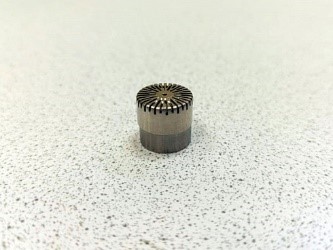
Microphone condenser capsule MK-234
It is designed to measure sound pressure in the air and is used in noise measuring equipment as a measuring transducer of infrasound, sound and ultrasonic pressure.
VIBROPRIBOR
Yaroslavl
Produced in: Yaroslavl

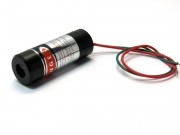
Red Laser Module KLM-C635-5-5 635nm 5mW Cross
from
4 314 ₽
KLM-C635-5-5 laser modules are optimal sources of coherent radiation for the construction of control and automation systems, alignment and marking devices, for scientific and medical purposes.
FTI-Optronik
Saint Petersburg
Produced in: Saint Petersburg
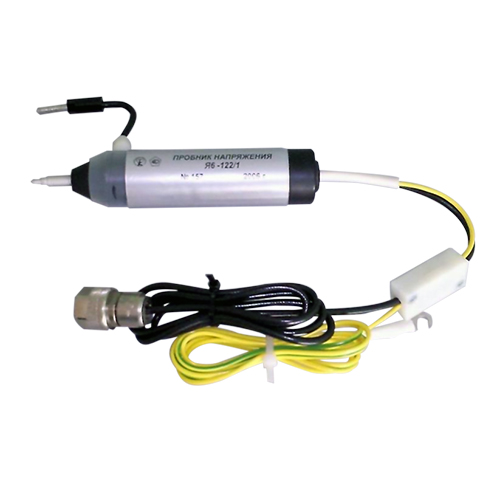
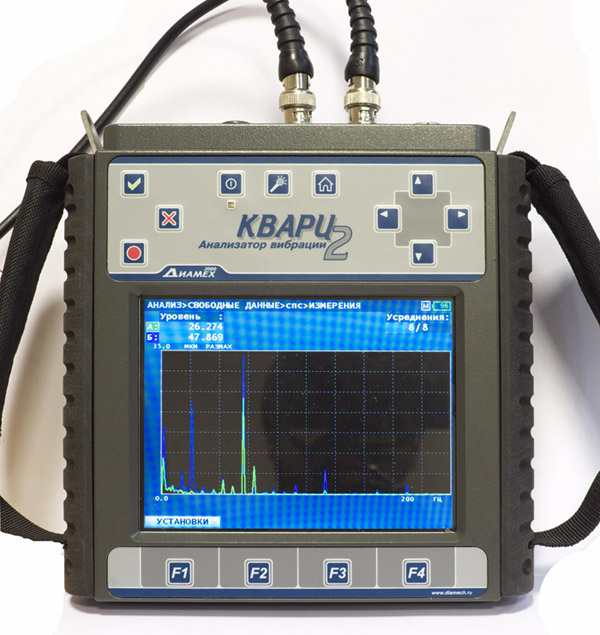
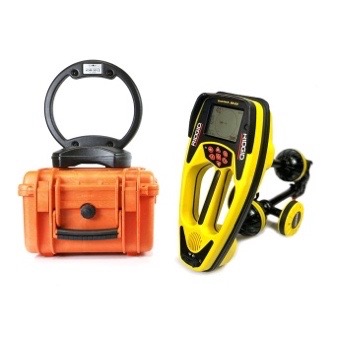
Cable Searcher Athlete AG-360
The Athlete AG-360 cable sercher is a combination of the modern American Ridgid SR-60 track finder receiver and the most powerful multi-frequency portable generator AG-120T in the line of TECHNO-AC generators.
•
TEKHNO-AS
Kolomna
Produced in: Kolomna, Moscow region
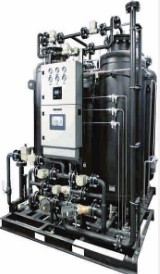
Nitrogen Generator "Multicycle Series"
The nitrogen adsorption generator is a special equipment designed to produce nitrogen gas from atmospheric air by the method of short-cycle non-heating adsorption.
Capacity:300-10000 m3/h
Purity: 90-99.9999 %
Pressure: 4-450 bar
PROVITA
Saint Petersburg
Produced in: Saint Petersburg
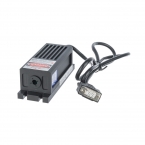
Green DPSS Laser 561nm KLM-561-x
DPSS lasers of the KLM-561/x series are optimal sources of coherent radiation for the construction of control and automation systems, alignment and marking devices, for scientific and medical purposes.
FTI-Optronik
Saint Petersburg
Produced in: Saint Petersburg

